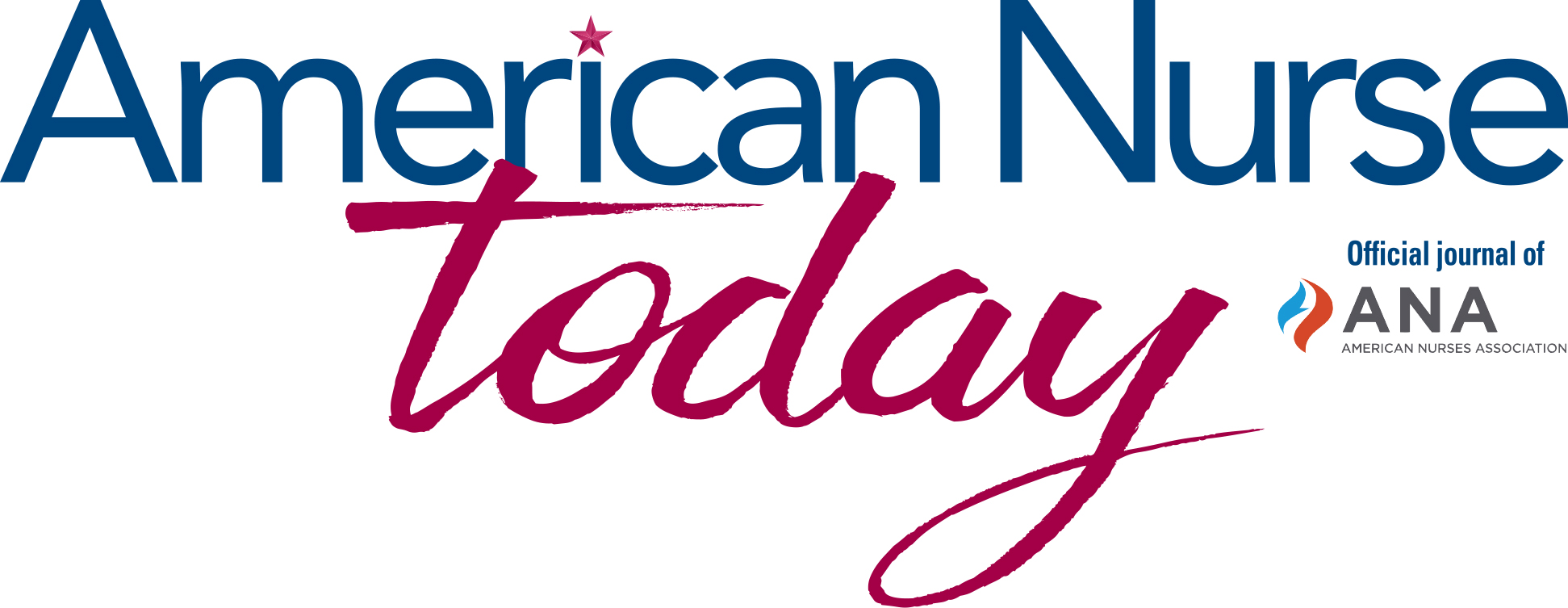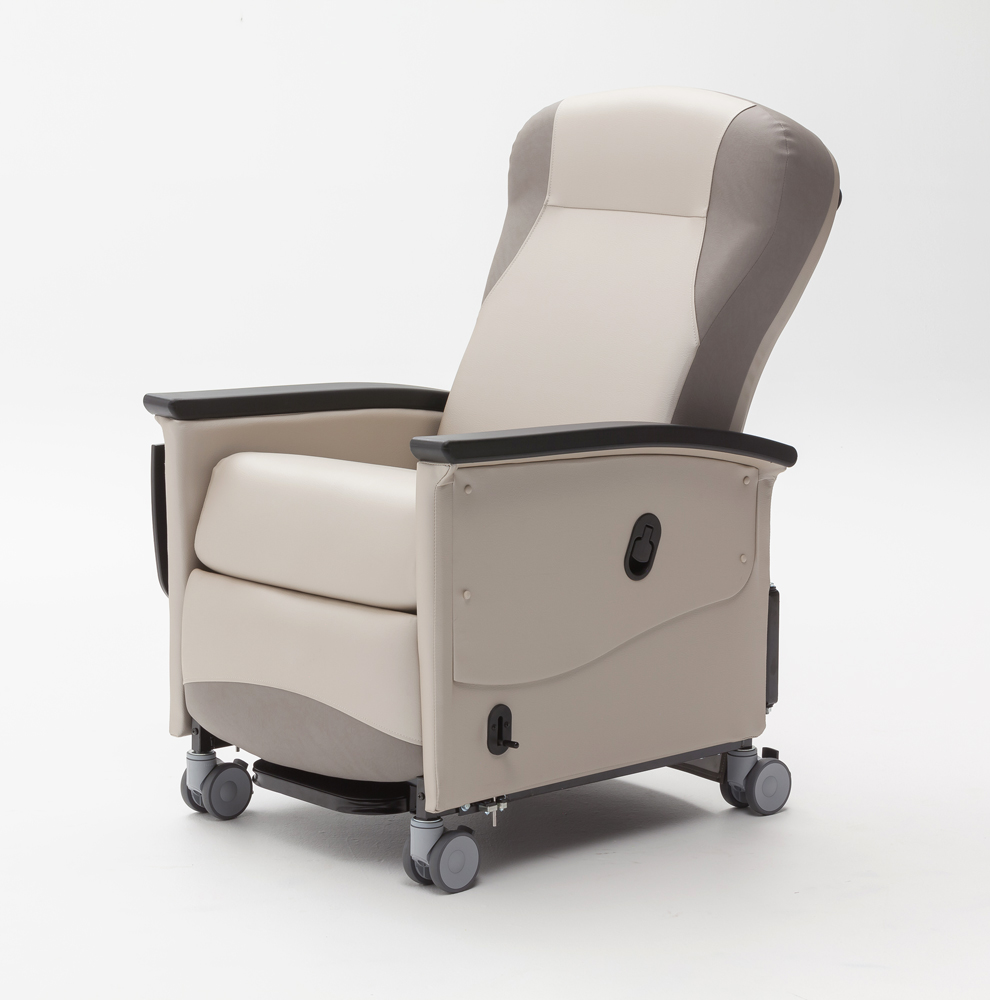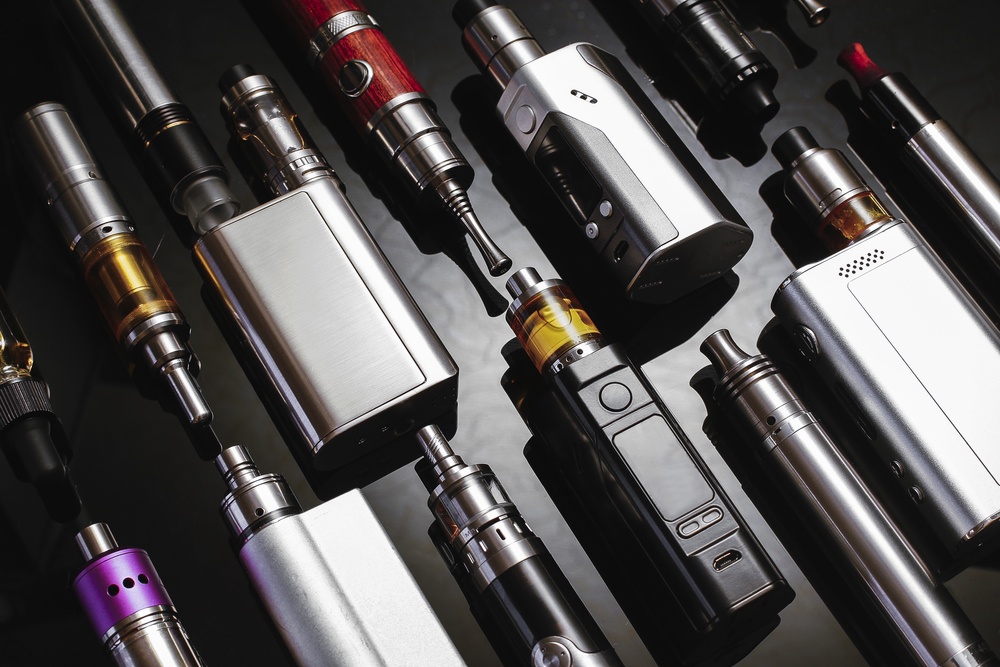Create a safety culture by recognizing and reporting unsafe conditions, behaviors, and practices.
Takeaways:
- High-reliability healthcare is consistently excellent and safe for long periods across all services and settings.
- To create an environment of collective mindfulness or mindful organizing, encourage early recognition of safety problems.
- Nurses and other frontline staff are perfectly positioned to aid in creating a high-reliability organization by recognizing and reporting small problems before they become big problems or cause harm.
By Coleen A. Smith, MBA, RN, CPHQ, CPPS


In 2000, the Institute of Medicine published the report “To Err is Human.” Since then, patient safety has emerged as a priority for healthcare organizations. Although some notable advances in patient safety have been made (such as an average 17% reduction across a set of hospital-acquired conditions in the United States between 2010 and 2015), patient harm still occurs in unacceptably high numbers. The estimates of patient harm, including death, range from 98,000 per year to as much as five times that number.
To substantially impact this trend, practitioners, scholars, and accrediting bodies have advocated adapting and adopting the practices of high-reliability organizations (HROs) among frontline healthcare staff. HROs—such as nuclear power plant control rooms, aircraft-carrier flight decks, and commercial aviation—deliver consistently error-free performance despite operating in extremely complex, dynamic, and error-intolerant conditions.
High reliability
High-reliability healthcare is consistently excellent and safe for long periods across all services and settings. In 2013, The Joint Commission created a high-reliability model for healthcare that consists of 14 components and outlines three major changes healthcare organizations must make to ensure substantial progress toward high reliability:
- leadership commitment to the ultimate goal of zero patient harm
- development of a fully functional culture of safety throughout the organization
- widespread deployment of highly effective process-improvement tools and methods.
Although many components in the model apply to a wide range of healthcare settings, it was specifically created for hospitals, where the most serious problems are found.
Safety culture
A strong safety culture is key to high reliability. It exists when an organization recognizes that most errors are caused by systemic defects in processes, not blameworthy individuals. A safety culture drives the recognition of unsafe conditions, behaviors, and practices, and it supports bringing these problems to managers’ attention. Three attributes support these practices: trust, report, and improve. Staff exhibit enough trust in peers and leaders to routinely recognize and report errors and unsafe conditions. Trust is established when leadership eliminates intimidating behaviors that prevent reporting and acts quickly to address issues. Improvements are then communicated to the reporting individual and those who benefit from the improvements.
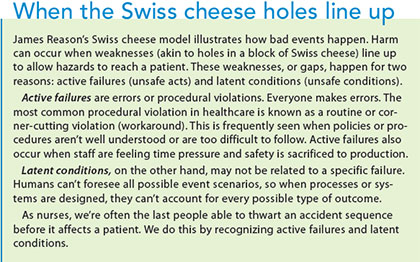

Some unique features of healthcare make creating and sustaining a safety culture difficult. Healthcare has developed a culture of low expectations—failure is an expectation rather than an exception. Routine operational failures, such as missing equipment and supplies, are common and result in caregivers spending time on workarounds instead of providing care. In addition, healthcare has a history of individual accountability. Staff have traditionally been “blamed and shamed” for errors that result from system deficiencies. This fosters silence when unsafe conditions are recognized. (See When the Swiss cheese holes line up.)
High reliability on the front lines
HROs encourage early recognition by creating an environment of collective mindfulness or mindful organizing. As Weick and Sutcliffe describe, one of the five principles of mindful organizing is preoccupation with failure—being alert to small signals that something could go wrong. Nurses and other frontline staff are perfectly positioned to aid in creating an HRO by recognizing and reporting small problems (unsafe conditions) before they become big problems (close calls or no-harm events) or cause harm (adverse events).
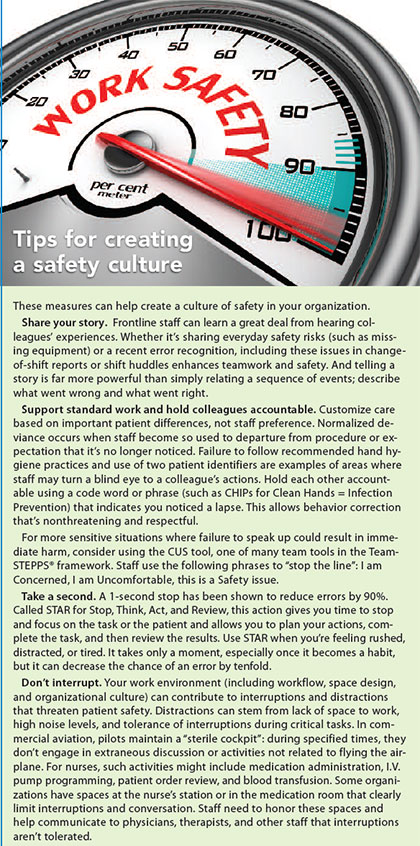

What should frontline staff report?
In a culture of low expectations, the issues seen in a typical day aren’t recognized as “unsafe conditions” but rather as “everyday annoyances.” For example, staff may have to spend additional time and attention obtaining a piece of equipment. This is common in many hospitals, and staff on some units may even hide or hoard equipment. Both the absence of equipment and the workaround to stash it are unsafe. Workarounds enable care delivery, but they reinforce a weak system. Substantial research suggests that frontline workers tend to compensate for failures rather than treat them as learning opportunities. But when frontline staff take issues to leadership, they and the organization can reduce errors and improve outcomes.
Close calls are events or situations that didn’t cause harm because they didn’t reach the patient. They’re valuable because their evaluation identifies points of failure and, because they’re more common than adverse events, provide more learning. In addition, close calls provide the opportunity to understand what stopped an error or enabled the staff to recover from it. Examples include a prescription dosing error caught by the pharmacy, recognition of specimen mislabeling before sending it to the lab, and a patient alerting staff before a wrong procedure is performed.
Another way that frontline staff can be particularly helpful is by reporting the extra work spent locating and obtaining supplies, looking for personnel, compensating for poor communication systems, and completing redundant documentation.
To sustain this valuable input from frontline staff, leadership must analyze the information from these reports to design solutions. Communicating the solutions is crucial and can easily be integrated into a unit safety huddle. (See Tips for creating a safety culture.)
Goal: Zero harm
Healthcare organizations and frontline staff have many competing priorities, but everyone can support preventing harm. The pursuit of high reliability requires focus on specific areas of performance to move toward the goal of zero harm. Frontline staff have an invaluable role in this pursuit. Recognizing and reporting safety risks and role modeling safe behaviors are all tied to harm reduction.
Coleen A. Smith is the director of High Reliability Initiatives at the Joint Commission Center for Transforming Healthcare in Oakbrook Terrace, Illinois.
Selected references
Chassin MR, Loeb JM. High-reliability health care: Getting there from here. Milbank Q. 2013;91(3):459-90.
Reason J. Organizational Accidents Revisited. Boca Raton, FL: CRC Press; 2016.
Singer SJ, Vogus TJ. Reducing hospital errors: Interventions that build safety culture. Annu Rev Public Health. 2013;34:373-96.
Vincent C, Amalberti R. Safer Healthcare: Strategies for the Real World. New York: Springer; 2016.
Wachter R, Gupta K. Understanding Patient Safety. 3rd ed. New York: McGraw-Hill Education; 2018.
ant3-Focus 0n PATIENT SAFETY-208b













